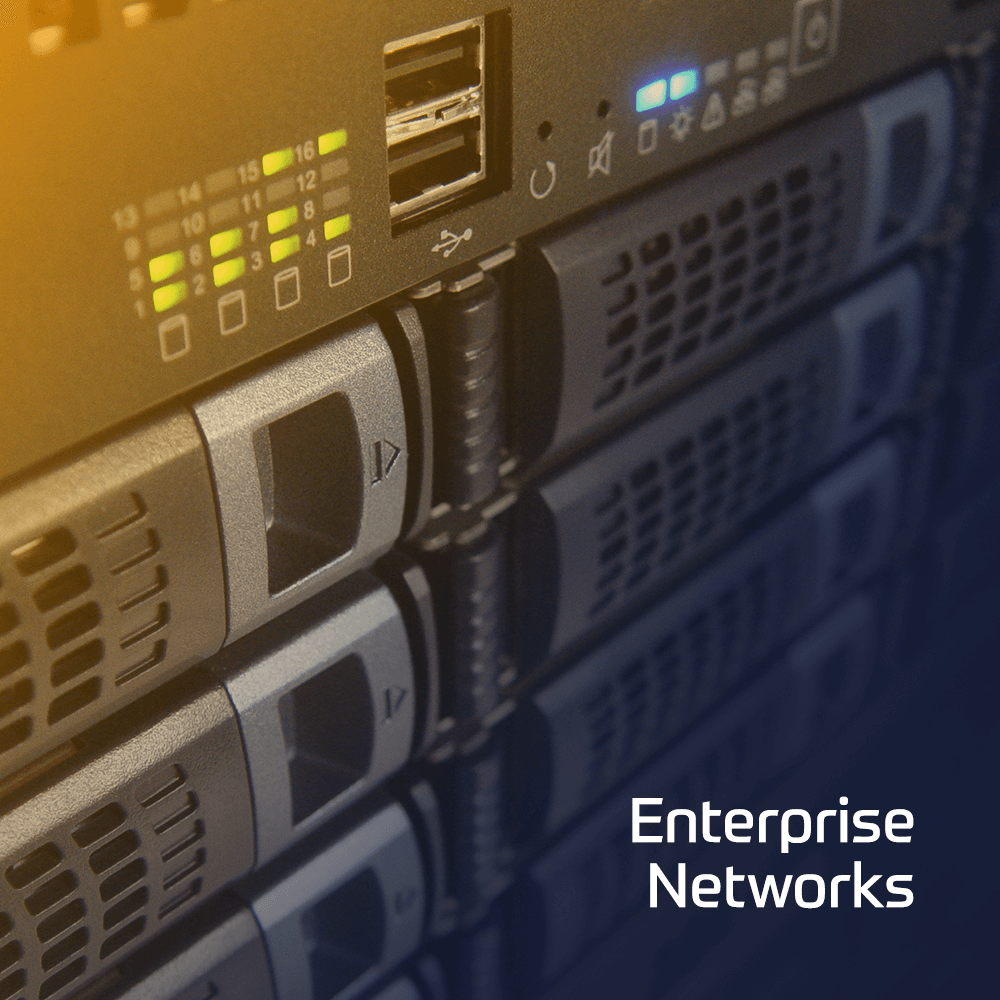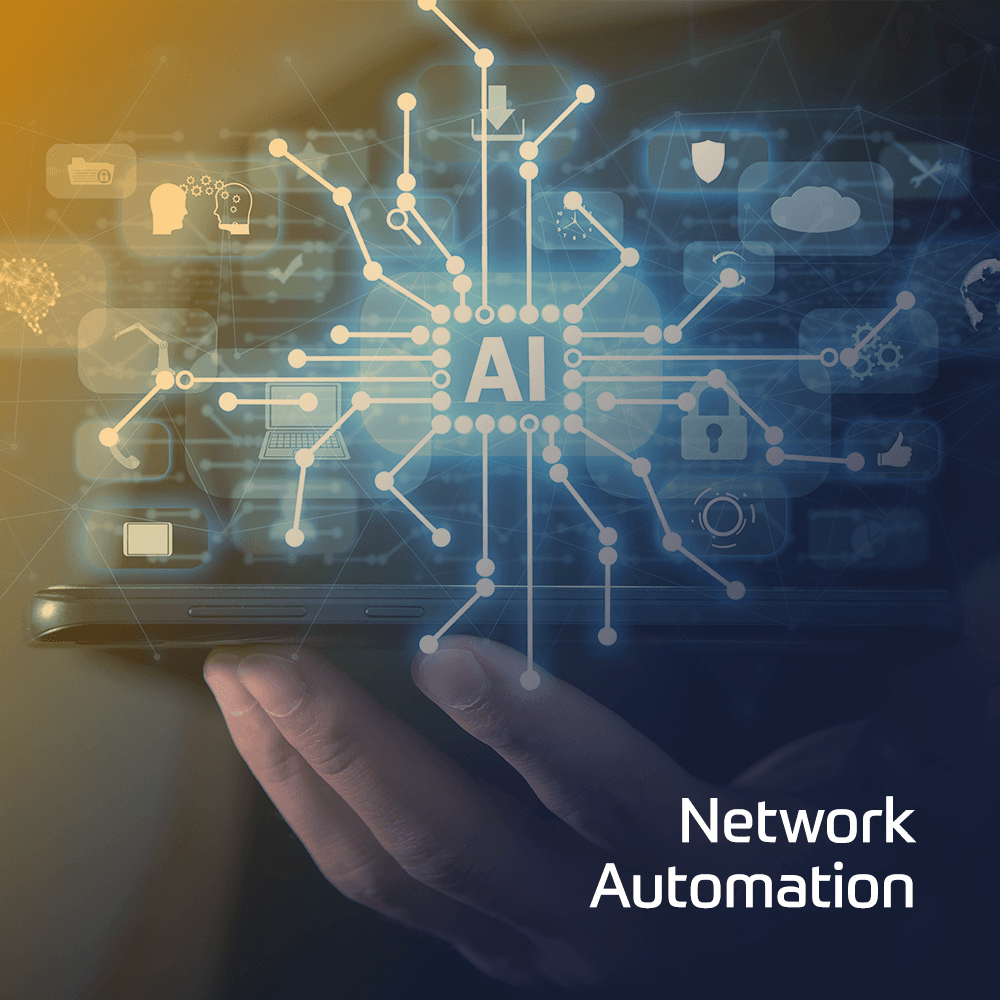In this two-day course, you will learn the features, components, and key integrations that enable Forcepoint Email Security functionality: how to administer policies, handle incidents, and upgrade, manage and assess the health of the Forcepoint Email Security system. You will develop skills in creating email policies, configuring email encryption, incident management, reporting, and system architecture and maintenance.
Contact Us
We would love to hear from you. Please complete this form to pre-book or request further information about our delivery options.
 Duration
Duration 2 Days
 Delivery
Delivery (Online and onsite)
 Price
PricePrice Upon Request
- Forcepoint solution introduction
- Forcepoint Email Security key features and new features
- Communicate the Email Security key features.
- Articulate Email Security key benefits and differentiators from other email security products.
- Describe the Email Security Hardware Platform and Virtualization options.
- Identify the appropriate installation method and sizing requirements to follow.
- Describe the components of the Email Security and its supported platforms.
- Administer the Appliance management tools.
- Describe a high-level overview of email delivery with the security appliance.
- Plan for appliance and email server network integration.
- Configure physical and/or virtual appliance settings and plan for network host name and routing.
- Review and Configure Appliance Internal Daemons.
- Identify and Configure Communication Points With External Services.
- Review Planned Hardware Resources and User Loads
- Describe the Fundamental Email Security Concepts and System Usage Models.
- Setup the Email Security System and Review First Boot procedures.
- Customize the Forcepoint Manager Console and Integrate the Email Module.
- Complete Initial V-Series Appliance Configuration and Install Manager Console.
- Configure User Directories and Customized User Groups.
- Describe Domain Group Integration with Active Directory server.
- Define User Directories for Authentication within Domain.
- Define A User Directory Filter For Specific Users and Groups.
- Direct Outbound Emails To Email Security via Smart Host.
- Verify Outbound Email delivery to Remote Recipients.
- Explain the Pre-Filtering Concept and Bulk Email Elimination Tools.xplain the Pre-Filtering Concept and Bulk Email Elimination Tools.
- Describe the Message Processing Flow for an SMTP system.
- Create a Global IP Block List and edit the Trusted Host List.
- Configure usage model for Real-Time Black List and Reputation Service checks.
- Integrate Reverse DNS Lookup and Sender Policy Framework checks.
- Verify Recipient Validation and Implement Directory Harvest Attack Prevention.
- Determine whether SMTP Authentication is a suitable resource for your organization.
- Compare trusted IP group and Allow Access List.
- Identify supported SMTP Port usage for appliance and hybrid modes.
- Configure IP Address Group for Trusted and Allowed systems.
- Enable SMTP VRFY command on the test system.
- Explain how the System Administrator manages the Message Quarantine.
- Describe the differences in permissions between Trusted IP and Allow Access List.
- Enable and Monitor the Appliance Quarantine system.
- Enable the Archive queue and move it to a remote SAMBA share.
- Understand how Email Policy Flow, Types, and Conditions affect message flow.
- Describe the Policies combine Rules, Filters and Actions in the Email Security appliance.
- Configure default Action Types and Options.
- Configure the Integration and Merging of Message Action Options.
- Integrate Data Loss Protection (DLP) Tools with Email Security appliance.
- Configure the Global IP and Global Address Permit Lists.
- Verify policy behavior with test message generation tool.
- Configure Email Security Antivirus and Antispam policy and verify detection.
- Configure Email Data Loss Protection (DLP) action and policy rules.
- Confirm Email DLP functionality with test message capture and log reviews.
- Understand Personal Email Manager (PEM) architecture and use cases.
- Configure the PEM portal and complete PEM configurations.
- Describe Admin vs end user PEM and Quarantine activities.
- Customize PEM Notification message and schedule.
- Differentiate between Personal and Global address block/permit lists.
- Perform Advanced PEM Configuration for key user accounts.
- Manage Multiple Mailboxes within PEM portal.
- Configure the Email Sandbox Module and test its performance on test messages.
- Analyze how Secure Message Delivery and Transport Layer Security increase message security.
- Identify Traffic Shaping parameters and customize URL Sandbox solutions.
- Configure Threat Protection Cloud.
- Five parameters of traffic shaping, and how they function.
- Configure Secure Message Delivery for Email and DLP modules.
- Verify Secure Message Delivery via Secure Portal message pickup.
- Describe the Secure Message Delivery End User Experience for an external recipient.
- Enforced/Mandatory TLS vs opportunistic TLS.
- Enable enforced TLS for incoming/outgoing connections.
- Enforced TLS security level and encryption strength.
- Describe the TLS certification process.
- Enable mandatory TLS and opportunistic TLS.
- Describe the overall requirements for Log Database Rollover and Maintenance.
- Identify how Dashboard tools, Health Alerts, and Logs indicate appliance performance.
- Activate and customize the Email Security Real-Time Monitor.
- Manage the Presentation Reports and the Reporting Engine tools.
- Explore Log Server Architecture and Database Partition Rollover and Deployment.
- System administrators, data security administrators, IT staff
- Sales engineers, consultants, implementation specialists
- Forcepoint channel partners and IT staff
- General understanding of system administration and internet services.
- Basic knowledge of networking and computer security concepts.
- A computer that meets the requirements noted at the end of this document.
- Forcepoint solution introduction
- Forcepoint Email Security key features and new features
- Communicate the Email Security key features.
- Articulate Email Security key benefits and differentiators from other email security products.
- Describe the Email Security Hardware Platform and Virtualization options.
- Identify the appropriate installation method and sizing requirements to follow.
- Describe the components of the Email Security and its supported platforms.
- Administer the Appliance management tools.
- Describe a high-level overview of email delivery with the security appliance.
- Plan for appliance and email server network integration.
- Configure physical and/or virtual appliance settings and plan for network host name and routing.
- Review and Configure Appliance Internal Daemons.
- Identify and Configure Communication Points With External Services.
- Review Planned Hardware Resources and User Loads
- Describe the Fundamental Email Security Concepts and System Usage Models.
- Setup the Email Security System and Review First Boot procedures.
- Customize the Forcepoint Manager Console and Integrate the Email Module.
- Complete Initial V-Series Appliance Configuration and Install Manager Console.
- Configure User Directories and Customized User Groups.
- Describe Domain Group Integration with Active Directory server.
- Define User Directories for Authentication within Domain.
- Define A User Directory Filter For Specific Users and Groups.
- Direct Outbound Emails To Email Security via Smart Host.
- Verify Outbound Email delivery to Remote Recipients.
- Explain the Pre-Filtering Concept and Bulk Email Elimination Tools.xplain the Pre-Filtering Concept and Bulk Email Elimination Tools.
- Describe the Message Processing Flow for an SMTP system.
- Create a Global IP Block List and edit the Trusted Host List.
- Configure usage model for Real-Time Black List and Reputation Service checks.
- Integrate Reverse DNS Lookup and Sender Policy Framework checks.
- Verify Recipient Validation and Implement Directory Harvest Attack Prevention.
- Determine whether SMTP Authentication is a suitable resource for your organization.
- Compare trusted IP group and Allow Access List.
- Identify supported SMTP Port usage for appliance and hybrid modes.
- Configure IP Address Group for Trusted and Allowed systems.
- Enable SMTP VRFY command on the test system.
- Explain how the System Administrator manages the Message Quarantine.
- Describe the differences in permissions between Trusted IP and Allow Access List.
- Enable and Monitor the Appliance Quarantine system.
- Enable the Archive queue and move it to a remote SAMBA share.
- Understand how Email Policy Flow, Types, and Conditions affect message flow.
- Describe the Policies combine Rules, Filters and Actions in the Email Security appliance.
- Configure default Action Types and Options.
- Configure the Integration and Merging of Message Action Options.
- Integrate Data Loss Protection (DLP) Tools with Email Security appliance.
- Configure the Global IP and Global Address Permit Lists.
- Verify policy behavior with test message generation tool.
- Configure Email Security Antivirus and Antispam policy and verify detection.
- Configure Email Data Loss Protection (DLP) action and policy rules.
- Confirm Email DLP functionality with test message capture and log reviews.
- Understand Personal Email Manager (PEM) architecture and use cases.
- Configure the PEM portal and complete PEM configurations.
- Describe Admin vs end user PEM and Quarantine activities.
- Customize PEM Notification message and schedule.
- Differentiate between Personal and Global address block/permit lists.
- Perform Advanced PEM Configuration for key user accounts.
- Manage Multiple Mailboxes within PEM portal.
- Configure the Email Sandbox Module and test its performance on test messages.
- Analyze how Secure Message Delivery and Transport Layer Security increase message security.
- Identify Traffic Shaping parameters and customize URL Sandbox solutions.
- Configure Threat Protection Cloud.
- Five parameters of traffic shaping, and how they function.
- Configure Secure Message Delivery for Email and DLP modules.
- Verify Secure Message Delivery via Secure Portal message pickup.
- Describe the Secure Message Delivery End User Experience for an external recipient.
- Enforced/Mandatory TLS vs opportunistic TLS.
- Enable enforced TLS for incoming/outgoing connections.
- Enforced TLS security level and encryption strength.
- Describe the TLS certification process.
- Enable mandatory TLS and opportunistic TLS.
- Describe the overall requirements for Log Database Rollover and Maintenance.
- Identify how Dashboard tools, Health Alerts, and Logs indicate appliance performance.
- Activate and customize the Email Security Real-Time Monitor.
- Manage the Presentation Reports and the Reporting Engine tools.
- Explore Log Server Architecture and Database Partition Rollover and Deployment.
- System administrators, data security administrators, IT staff
- Sales engineers, consultants, implementation specialists
- Forcepoint channel partners and IT staff
- General understanding of system administration and internet services.
- Basic knowledge of networking and computer security concepts.
- A computer that meets the requirements noted at the end of this document.
- ` Date on Request

 Finland
Finland Germany
Germany Denmark
Denmark Sweden
Sweden Italy
Italy Netherlands
Netherlands Norway
Norway 

























